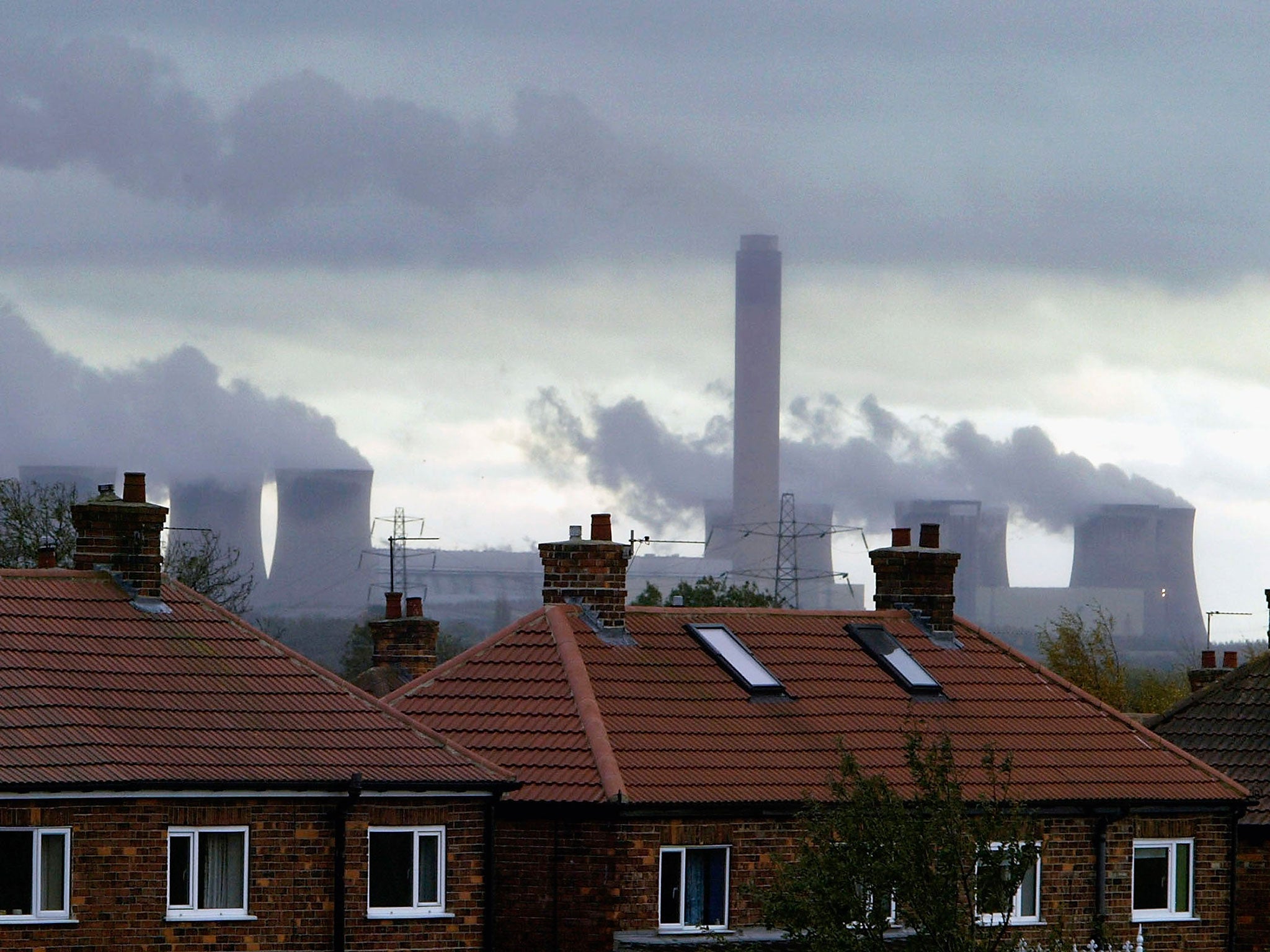World's largest offshore wind farm approved for UK coast
As many as 400 turbines will make up the wind farm off the Yorkshire coast

Your support helps us to tell the story
From reproductive rights to climate change to Big Tech, The Independent is on the ground when the story is developing. Whether it's investigating the financials of Elon Musk's pro-Trump PAC or producing our latest documentary, 'The A Word', which shines a light on the American women fighting for reproductive rights, we know how important it is to parse out the facts from the messaging.
At such a critical moment in US history, we need reporters on the ground. Your donation allows us to keep sending journalists to speak to both sides of the story.
The Independent is trusted by Americans across the entire political spectrum. And unlike many other quality news outlets, we choose not to lock Americans out of our reporting and analysis with paywalls. We believe quality journalism should be available to everyone, paid for by those who can afford it.
Your support makes all the difference.Plans to build the world's largest wind farm off the Yorkshire coast have been given the green light by the Government.
When completed, the Dogger Bank Creyke Beck project will be more than double the size of the UK’s current biggest offshore windfarm, comprising of two 200-turbine plots located across an 500 square km area.
The relatively shallow, 30m deep seabed around 130km from the coast is expected to offer prime conditions to lay foundations and construct turbines.
The development, which is estimated to cost between £6billion and £8billion, will become one of the UK’s largest power generators – second to the Drax coal-fired station in North Yorkshire - and its biggest source of renewable energy.

The Government hopes it will power nearly 2 million homes, fulfil 2.5 percent of Britain's electricity needs and support 900 jobs.
When completed, Dogger Bank could create up to 4,750 new direct and indirect full time equivalent jobs, and generate more than £1.5 billion for the UK economy according to Forewind, the consortium behind the project.
Energy and Climate Change Secretary Ed Davey, who approved the application for the development, hailed the project a “great boost” for Yorkshire and Humberside, as the Government attempts to boost the economies of norther cities.
He added: “This development has the potential to support hundreds of green jobs and power up to 2 million homes.
“Making the most of Britain’s home grown energy is creating jobs and businesses in the UK, getting the best deal for consumers and reducing our reliance on foreign imports. Wind power is vital to this plan, with £14.5 billion invested since 2010 into an industry which supports 35,400 jobs.”
Nick Medic, director of offshore renewables at RenewableUK, the wind industry association, called the project “awesome” and said it is likely the most significant infrastructure projects ever undertaken by the wind industry.
“Dogger Bank demonstrates the sheer potential of offshore technology to turn our vast ocean and wind resources into green energy. It is a project that pushes the offshore engineering envelope - demonstrating how far this technology has evolved in the ten short years since the first major offshore wind farm was installed in North Hoyle just 5 miles from shore.
He added: “In return, offshore wind will generate much more than just electricity: it will turn the country into a green-economy powerhouse, creating jobs and business growth for years to come. Finally, we offer our congratulations for the team at the Forewind consortium taking this project to its consent.”
However, this is the first step in a mammoth project, and the first turbines could still be years away from being built. Forewind has yet to make a final investment decision, with falling oil prices and uncertainties over wind energy subsidies likely to play a part.
Join our commenting forum
Join thought-provoking conversations, follow other Independent readers and see their replies
Comments